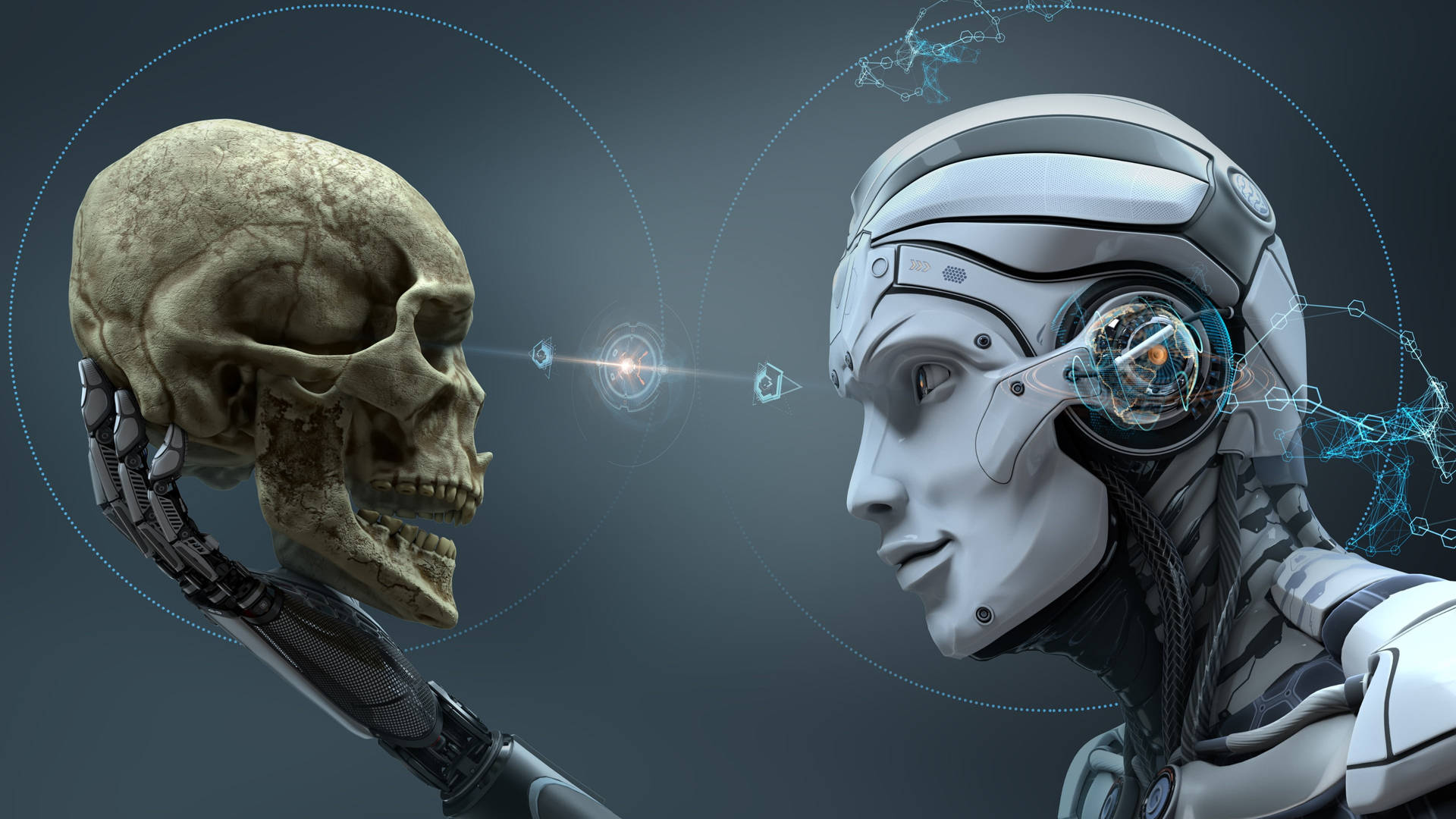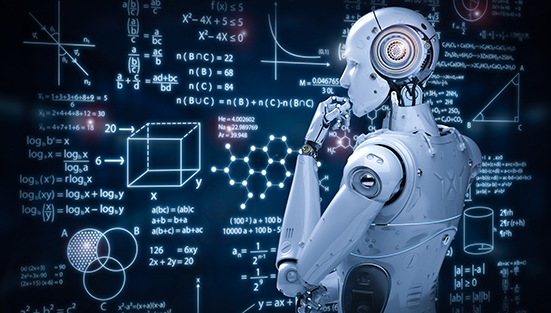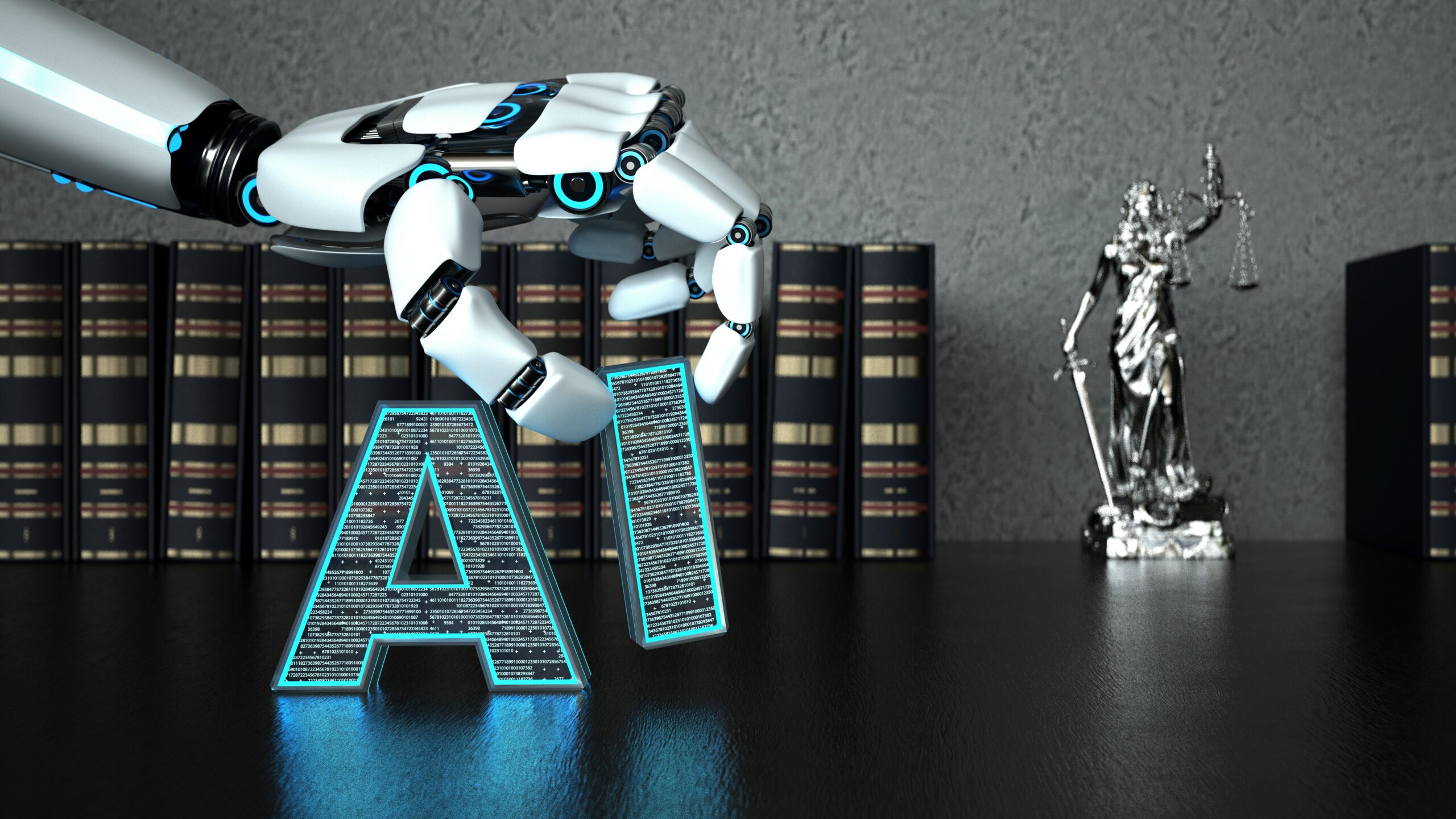 |
| secrets of AI with Explainable Artificial Intelligence (XAI). Making the hidden logic behind algorithms accessible to all. 🤖📚 #ExplainableAI #TransparencyInTech |
What is Explainable Artificial Intelligence (XAI)?
Explainable AI, known as XAI, is a special part of AI that tries to make AI systems easy for people to see through and understand. Simply put, it's about removing the veil of secrecy from AI algorithms and making their decision-making processes accessible and explainable. This transparency helps users, developers and regulators understand why AI systems make certain decisions.
Why is Explainable Artificial Intelligence important?
Trust and accountability: When AI systems make decisions that affect our lives, it is important to trust these decisions. XAI builds trust by enabling users to understand the reasoning behind AI recommendations or actions. This transparency increases accountability, making it easier to point out errors or bosses in AI decision-making.
Detecting and reducing bias: Bias in AI systems can have real-world consequences, ranging from discriminatory hiring practices to unfair loan approvals. XAI allows us to identify and address bias by revealing how AI algorithms make decisions by highlighting potential sources of bias.
Legal and ethical compliance: In many sectors, regulations require transparency and fairness in AI decisions. XAI helps an organization comply with these regulations by providing insight into AI decision-making processes.
Better user experience: When users understand why AI systems recommend certain products or actions, they trust and use these recommendations. XAI AI can enhance user experience by making interactions more intuitive and user-friendly.
 |
| Inner workings of Explainable Artificial Intelligence (XAI). Understanding AI decisions through transparent visualizations. #ExplainableAI #TransparencyInAI 🤖🔍 |
Explainable Artificial Intelligence (XAI) Examples:
Explainable artificial intelligence (XAI) is a way of making machine learning models more understandable and trustworthy for humans. Machine learning models are computer programs that can learn from data and make predictions or decisions based on it. However, these models are often complex and hard to interpret, especially when they use deep learning techniques such as neural networks. This can make it difficult for humans to trust and verify the results of these models, and to understand how they work and why they make certain choices.
XAI seeks to solve this problem by offering methods and tools that can help people understand how machine learning models behave and think. XAI also helps developers improve their models’ performance and fairness by identifying and clarifying their data or algorithm’s biases or errors.
XAI can be used in a wide range of industries and applications, including: Healthcare, Financial services, Insurance, Manufacturing, E-commerce, Self-driving cars
Some examples of XAI techniques are:
Feature importance: This method quantifies the contribution of each input variable to the model’s output. It can be used by developers to determine the features that are most important for a prediction or decision.
Shapley values: This technique assigns a numerical value to each output unit of a model based on how much each input variable changes the output. It can help developers understand how each input affects the output in terms of magnitude and direction.
LIME: This technique creates a simplified version of a model that approximates its behavior around a specific input or observation. It can help developers understand how the model behaves in different scenarios or situations.
Counterfactual explanations: This method is based on the concept of ‘hypothesis analysis’, which is the analysis of what could have happened in the future that would have changed the current situation. It can be used by developers to determine which factors could have affected the forecast or decision.
How does works Explainable Artificial Intelligence (XAI)
Now, let's explore the mechanics of XAI:
Feature Importance: XAI algorithms can identify which features or variables had the most significant influence on a particular AI decision. For example, in a loan approval model, it could show that income and credit history were primary factors in the decision.
Visuals: XAI usually uses pictures like charts, graphs, and heatmaps to show how AI makes choices in a simple way. These visualizations help users quickly understand the reasoning behind AI decisions.
Rule-based explanations: Some XAI approaches create rule-based explanations, which are essentially "if-then" statements. For example, an AI system could clarify a loan rejection like this: "If your credit score is less than 600 and your debt compared to your income is over 40%, we won't approve the loan."
Imagined situations: XAI can explain what might have happened if the input data had been different, showing how it would change the AI's choice. This helps the users to understand how to achieve the desired result.
Challenges of Explainable AI
Explainable AI (XAI) faces several challenges that make it difficult to use and trust:
Complexity: AI models are like big puzzles. They're hard to grasp because they're like puzzles, with lots of parts (math and data) working together. Imagine trying to explain a jigsaw puzzle with a thousand pieces to a friend. XAI tries to simplify this puzzle.
Black Box: Some AI models are like magic boxes. You enter data, and answers come out, but you don't know how it works inside. Imagine that your calculator gives you the answers, but you can't see the numbers or the buttons. XAI wants to open this box and show you how it does the math.
Too much data: AI can consume a lot of data, like a library full of books. It is difficult to read all those books to understand the decisions of AI. XAI tries to select the most important pages like book summary.
Bias and Fairness: Sometimes the AI can be unfair, like a friend who always chooses to play the same game. XAI wants to ensure that AI is fair and does not make choices that harm certain groups of people.
Trade-offs: Seeking to make AI more user-friendly can sometimes result in reduced performance, akin to the challenge of teaching a dog new tricks while maintaining simplicity. XAI has to strike a balance between understanding and performance.
Different people, different needs: Not everyone wants the same level of explanation. Some people want to dive deep into the thinking of AI, while others just want a quick answer. XAI needs to provide options for different tastes.
Continuous learning: AI continues to learn like a school student. He can change his mind, and this can be confusing. XAI needs to explain not only what AI knows, but how it learned and why it thinks differently.
In a nutshell, making AI easier to understand involves these challenges: making black box, avoiding biases, handling lots of data, and finding the right balance between simplicity and effectiveness while staying up-to-date with AI's constantly evolving knowledge.
The future of Explainable AI
Explainable AI is a growing field with ongoing research and development. In the future, we can expect more sophisticated XAI techniques and tools to increase transparency and accountability in AI systems.
Some promising directions for XAI include:
Simple Language Explanations: Artificial intelligence systems that can provide explanations in simple language, so that people who are not Ai technical experts can understand why the AI made certain choices.
Interactive explanations: Systems that allow users to interactively explore AI decisions, ask questions, and receive real-time explanations.
Continuous monitoring: XAI tools that continuously monitor AI systems for biases and anomalies, ensuring fairness and accuracy over time.
Conclusion
Explainable AI is a significant advance in the world of artificial intelligence. This not only increases trust and accountability but also empowers users to make informed decisions and detect and correct biases. As AI continues to shape our lives, it becomes increasingly important to understand the decisions it makes. As XAI keeps getting better, we can expect a future where AI decisions are easier to understand and open to everyone.
Reference:
(1) Explainable Artificial Intelligence(XAI) - GeeksforGeeks
(2) Explainable AI (XAI): Benefits and Use Cases | Birlasoft
(3) Understanding Explainable Artificial Intelligence (XAI) - v500 Systems
(4) AI | Free Full-Text | Explainable Artificial Intelligence (XAI ....













































